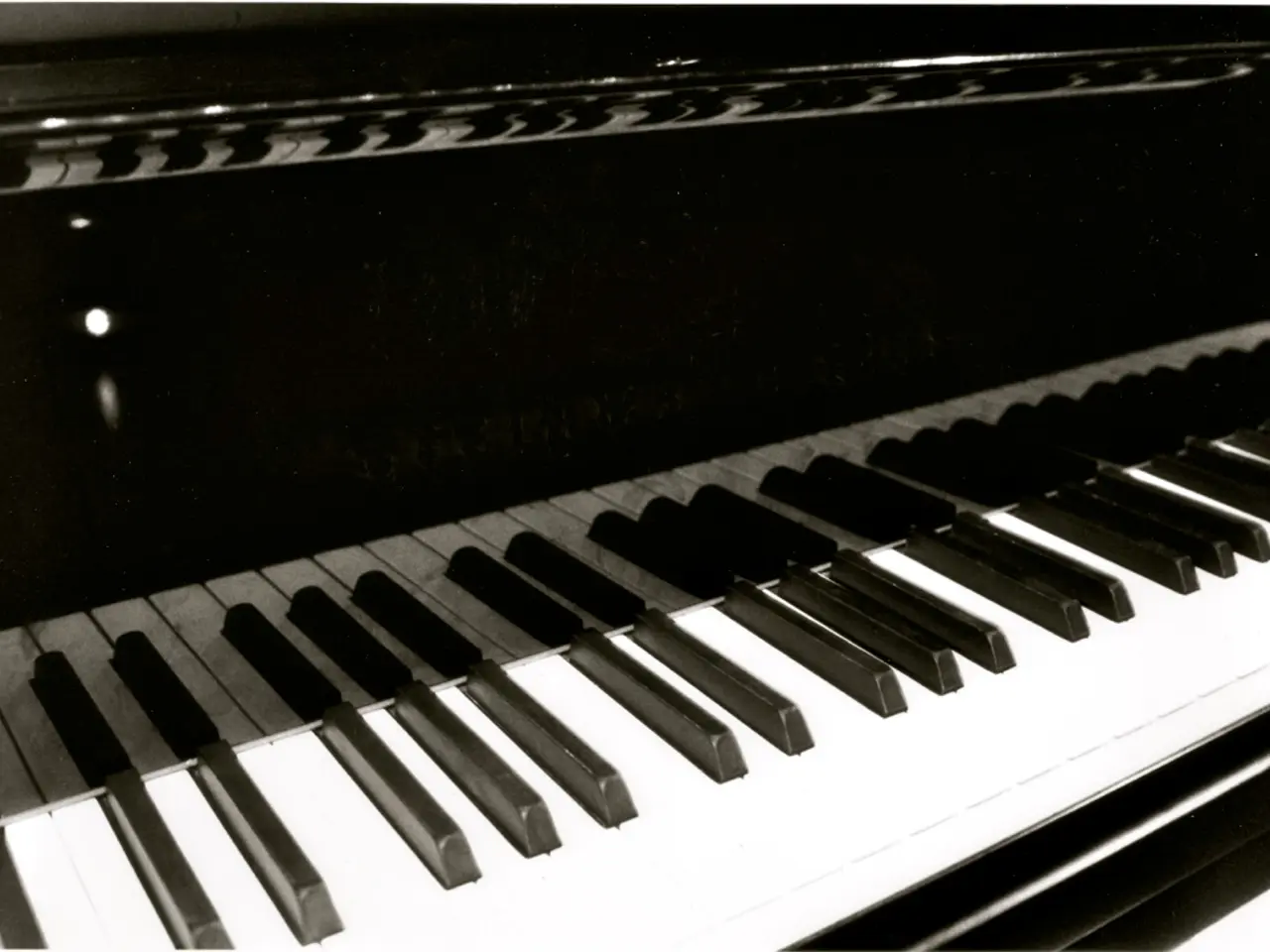Strategies for Preparing for a Grade 5 and Beyond Piano Evaluation
Preparing for the Grade 6 piano exam requires a well-structured and consistent daily routine. Here's a guide to help Grade 6 students achieve exam success:
A well-balanced study schedule involves allocating daily practice time, maintaining a practice diary, and following a consistent routine. Serious focused practice is essential, with technical exercises and technical work often requiring substantial time to reach performance readiness.
Allocate daily practice time
Divide practice time into focused segments: technical exercises (scales, arpeggios), technical work (etudes/exercises), learning new repertoire, and polishing performance pieces. For Grade 6, serious focused practice is essential, with technical exercises and technical work often requiring substantial time to reach performance readiness.
Keep a detailed practice diary
Log what was practiced each day, time spent on each component, and notes on progress or difficulties. This helps maintain motivation, focus, and ensures balanced attention across technical skills and new material.
Structure technical practice systematically
Start with scales and arpeggios, moving to technical exercises, then new repertoire pieces. Technical work might take roughly 20-40% of practice time at this level, as these underpin performance quality.
Incremental learning of new material
Start with small sections, ensuring clean accuracy before adding speed or expression. Build up pieces to performance standard gradually with consistent daily reviewing rather than last-minute cramming.
Include warm-up and cool-down phases
Avoid injury and maintain mental focus by including warm-up and cool-down phases in each session.
Be flexible but consistent
Some days might focus more on technical work, others on repertoire, but daily engagement is important.
Maintaining a diary of technical work
Keeping a diary of technical work is important for Grade 6 piano students. The diary should include the starting time and the specific tasks committed to during each practice session.
Effective practice sessions
A typical practice session might look like this:
- Warm-up (5-10 minutes)
- Technical exercises/scales (20-30 minutes)
- Technical work/etudes (20-30 minutes)
- New material learning (20-30 minutes)
- Review and polish existing pieces (20-30 minutes)
- Make daily diary entries to track progress and adjust next session plans
Tips for Success
- For effective preparation, Grade 6 students should aim for at least two 45-minute practice sessions per day, excluding lesson days when one session is sufficient.
- The circle of fifths and their relative minor tonalities should be followed for scale practice.
- The "house memorisation process" is the best way to control the way a piece is learned. (Link to Piano Memorisation Process provided)
- Examples of diary entries include practicing scales, working on new pieces, and maintaining previously learned pieces.
- The third group of scales to practice includes F#, Ebm, B, Abm, E, C#m.
- The fourth group of scales to practice includes AM, F#m, DM, bm, GM, em.
- The second group of scales to practice includes Eb, Cm, Ab, Fm, Db, Bbm.
Following this approach helps distribute effort, avoids burnout, and steadily builds skills and confidence needed for Grade 6 exam success.
Engage in piano lessons guided by a composer to further your education-and-self-development.
To make the most of online-education resources, structure your practice sessions following the guidelines provided for effective learning and exam success.




